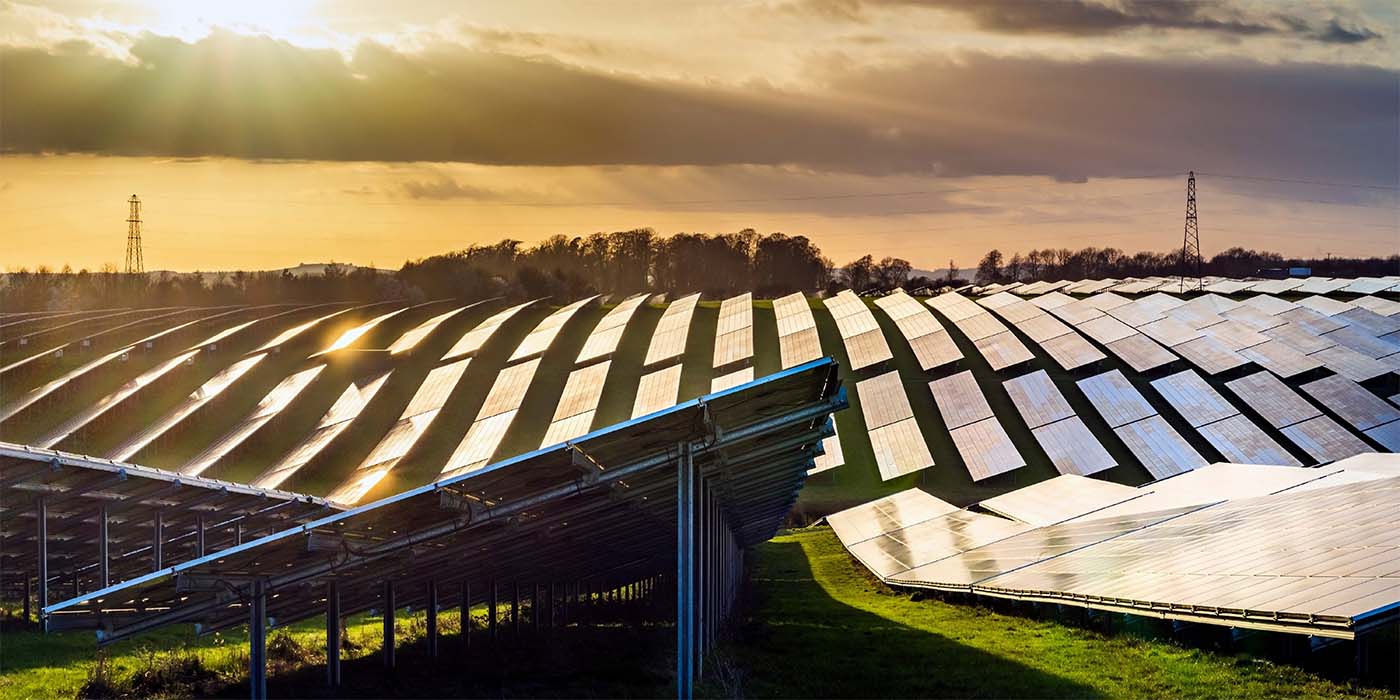Scottish and Southern Electricity Networks (SSEN) Distribution has given details of how it expects to unlock over 7GW of new electricity capacity in its two distribution network licence areas in the coming years.
The release of up to 7GW of grid capacity has already begun through the introduction of new technical limits. In the first phase, this has already seen 2.5GW of capacity released in central southern England.
In practice, this is resulting in revised offers being made to connections customers, which are accelerating dozens of solar and battery projects across this region.
The ‘Technical Limits’ programme, which is delivered in partnership with National Grid Electricity Transmission in England and SSEN Transmission in Scotland, is allowing projects to connect to lower voltage distribution networks prior to reinforcement of the high voltage transmission network. The work involves analysis of the power flows across Grid Supply Points (GSPs) where the transmission network connects to the distribution network.
A review of the first tranche of six GSPs is already enabling accelerated timescales for 25 projects, including one offer to Wokingham Solar Farm to bring forward its connection by up to 13 years.
Since the turn of the new year, SSEN has issued new connections offers to all customers whose projects relate to these initial 6 GSPs; all of which will now be able to connect to the electricity network ahead of schedule by between 2 and 13 years. SSEN expects the first of these projects to connect in mid-April.
The first tranche of project to be offered earlier grid access comprise of around 50% battery storage, 40% solar generation, and 10% battery/solar hybrid projects. Offers are only being made where curtailment will be limited, with a third of the projects under 3% curtailment, or where a higher threshold is likely to be manageable due to the technology.
Overall, the total 7GW of unlocked capacity across SSEN Distribution licence areas in both England and Scotland, is the equivalent capacity to power four million homes, or 19 million solar panels. The second tranche of offers for SSEN’s central Southern England licence area, and first wave of revised offers for its north of Scotland licence area, are due to be issued in the coming months.
SSEN’s work to free-up vital extra capacity on the distribution network is an important interim measure to support customers and enable net zero progress, while longer-term work to reinforce the transmission network is completed. In addition to these longer-term benefits, this newly unlocked capacity will also help support progress towards Government’s target of 70GW of solar generation by 2035.
One project being helped by SSEN’s delivery of extra capacity is the Barkham Solar Farm in Wokingham, which will now be connected a decade earlier than originally scheduled. This project is being progressed with a curtailment level of less than 3% with renewable power expected to be generated at the site as early as summer 2026.
Susana Neves e Brooks, SSEN’s Head of Connections, Policy, and Performance said:
“We're committed to working closely with all our customers with the aim of providing timely connections to the grid, and finding solutions that deliver faster timescales wherever possible.
“We're pleased that through the co-ordinated approach with our customers and National Grid Electricity Transmission, projects are now getting earlier connection dates which are helping them realise their ambitions much sooner.
“Our work in this area is accelerating decarbonisation through more renewable generation connections and supports the increasing take-up of low carbon technologies.
Stephen Conway, leader of Wokingham Borough Council, which is developing Barkham Solar Farm said:
“This is fantastic news and reflects the work we’ve done to build strong relationships with SSEN, and demonstrates why schemes like this are so important locally. Not just in how they represent a big part of our climate emergency action plan and reducing carbon emissions locally, but in how they generate income which we can invest back into providing services for our residents.
“By generating renewable energy locally and putting it back into the grid, schemes like this have a significant part to play in securing sustainable power supplies, stabilising the costs of energy, and helping protect residents from further cost of living crises in the longer term.”
Chris Hewett, Chief Executive of Solar Energy UK said:
“The Technical Limits programme is all about maximising the availability of the networks that we have in place today, on the way to upgrading them to meet the needs of tomorrow. This means that some projects can be accommodated only at reduced scale, for time being at least. So, I am glad to hear that several of the connections offered for solar installations so far this year have been curtailed by less than 5%. We hope to see many more come through in the coming months.”
Paul Lowbridge, Head of Customer Management at National Grid Electricity Transmission said:
“Connecting projects to our transmission network, and unlocking capacity at lower voltage distribution networks, is a massive priority for us, so it’s great to see the progress being made by SSEN.
“Technical Limits are one of a range of measures to help connect projects faster, including grid upgrades – the biggest in a generation – and working collaboratively with industry, government, and the regulator on reforms to the connections process.
“It’s all paving the way for the more fundamental connections reform that we’re collectively working with government and the regulator to deliver to keep Britain on track for a secure, affordable, and net zero energy system.”
